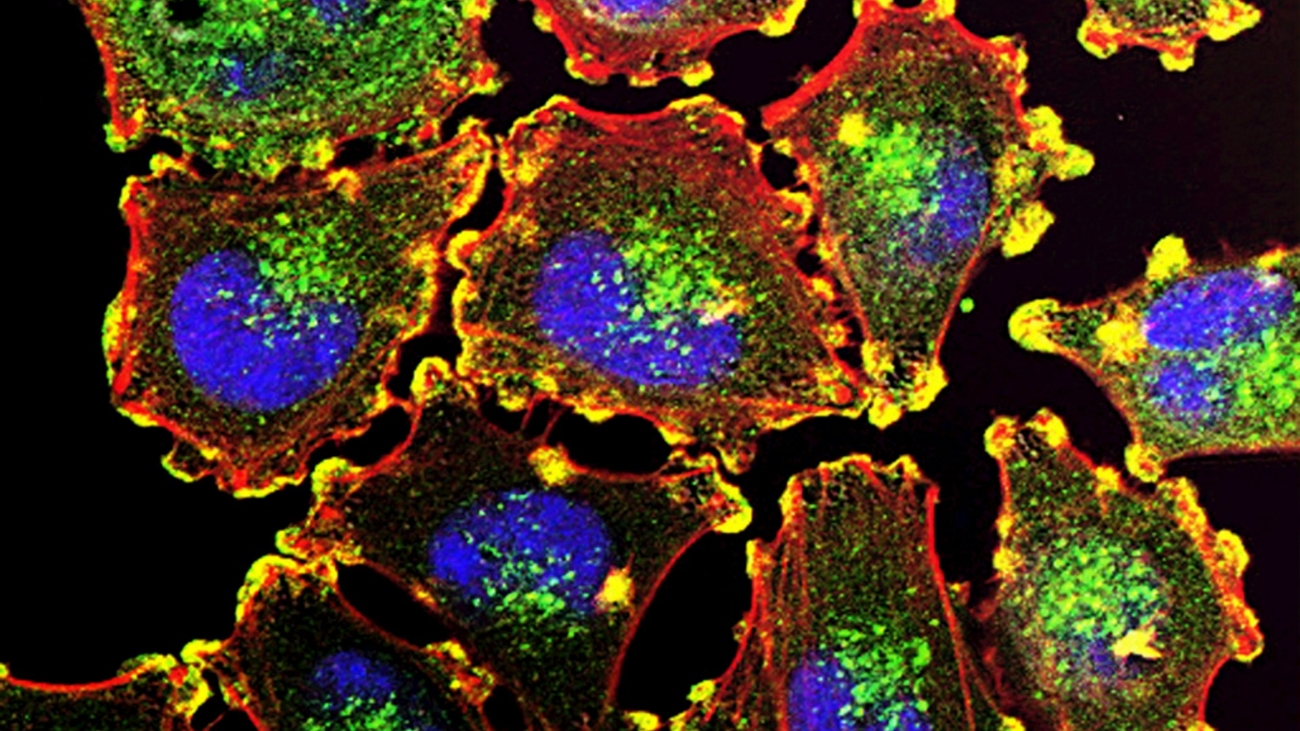As we look towards the future of healthcare, one of the most promising advancements lies in the realm of nanotechnology. The development of nanobots for targeted drug delivery represents a groundbreaking shift in how we approach the treatment of diseases. These microscopic marvels have the potential to revolutionize medicine by precisely attacking diseased cells without harming healthy tissue, thereby maximizing therapeutic efficacy and minimizing side effects.
Understanding Nanobots
Nanobots are tiny, engineered machines, typically ranging from 1 to 100 nanometers in size. Designed to perform specific tasks at the molecular level, these nanobots can be programmed to navigate through the human body, delivering drugs directly to targeted cells. The precision of nanobots allows them to interact with biological systems at a scale previously unimaginable, opening up new possibilities for medical treatment.
The Mechanism of Targeted Drug Delivery
Traditional drug delivery methods often involve systemic administration, where medications are distributed throughout the entire body. This approach can lead to significant side effects, as healthy cells are also exposed to the drugs. Nanobots, however, can be designed to recognize and bind to specific diseased cells. By attaching to these cells, nanobots can deliver therapeutic agents directly where they are needed most.
- Target Recognition: Nanobots are equipped with molecular markers that recognize specific proteins or receptors unique to diseased cells. This ensures that they attach only to the cells requiring treatment.
- Controlled Release: Once attached, nanobots can be programmed to release their drug payload in a controlled manner, ensuring that the medication is delivered over a specified period for maximum effectiveness.
- Minimizing Side Effects: By focusing exclusively on diseased cells, nanobots significantly reduce the exposure of healthy cells to potent drugs, thereby minimizing side effects and improving patient outcomes.
Applications of Nanobots in Medicine
The potential applications of nanobots in medicine are vast and varied. Here are some key areas where nanotechnology could make a significant impact:
- Cancer Treatment: Nanobots can be programmed to seek out and destroy cancer cells with high precision, delivering chemotherapy drugs directly to tumors while sparing healthy tissue. This targeted approach could reduce the debilitating side effects commonly associated with cancer treatment.
- Cardiovascular Diseases: Nanobots could be used to deliver clot-dissolving agents directly to the site of a blood clot, reducing the risk of heart attacks and strokes. Additionally, they could repair damaged blood vessels, improving overall cardiovascular health.
- Neurological Disorders: Nanobots have the potential to cross the blood-brain barrier, delivering drugs directly to the brain. This could be revolutionary in the treatment of conditions such as Alzheimer’s disease, Parkinson’s disease, and brain tumors.
- Infectious Diseases: Nanobots could deliver antiviral or antibacterial agents precisely where an infection is located, enhancing the effectiveness of treatments and reducing the likelihood of resistance developing.
Challenges and Future Prospects
While the promise of nanobots in medicine is immense, several challenges must be overcome before they become a mainstream treatment option:
- Biocompatibility: Ensuring that nanobots are biocompatible and do not trigger adverse immune responses is crucial for their safe use in humans.
- Manufacturing and Scalability: Producing nanobots at scale and ensuring their quality and consistency remains a significant challenge.
- Regulatory Approvals: Rigorous testing and regulatory approvals are necessary to ensure the safety and efficacy of nanobots, which can be a lengthy and complex process.
Despite these challenges, the future of nanobots in medicine looks promising. Advances in nanotechnology, materials science, and biomedical engineering are paving the way for the development of more sophisticated and effective nanobots. As research progresses, we can expect to see more clinical trials and, eventually, widespread adoption of this technology in medical practice.
Conclusion
The development of nanobots for targeted drug delivery marks a new frontier in medical science. By precisely attacking diseased cells without harming healthy tissue, nanobots have the potential to transform the treatment of a wide range of diseases, improving patient outcomes and quality of life. As we continue to innovate and overcome the challenges associated with this technology, nanobots could become a cornerstone of modern medicine, heralding a new era of personalized, effective, and minimally invasive treatments.

